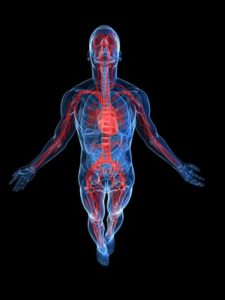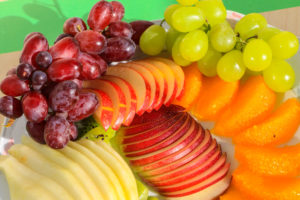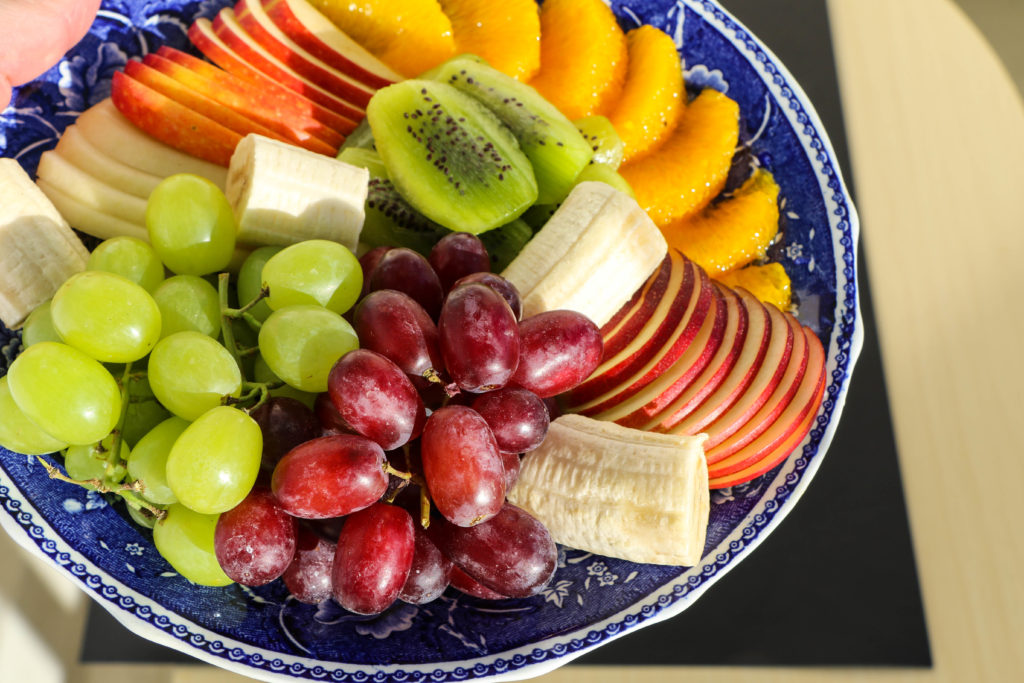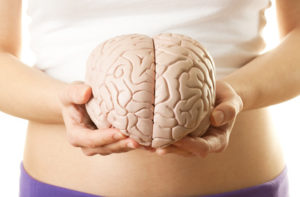Benefits of Exercising your Brain should be a priority in learning, right? It is like asking what is the benefit of the force of gravity for your muscles? Everything is the right answer. Without any activities of the brain it would dive deep into passivity, and most likely never to recover. There is no brain if the brain has now processing functions and exercises to do.

Benefits of Exercising your Brain explained
You may have heard plenty about the fact that you should exercise your brain. There are many benefits of doing so that you need to be aware of. When you have all of the facts you will likely be more motivated to take part in such activities. First of all exercising your brain keeps it healthy. This is one of the best ways to rejuvenate your brain and to help stimulate it at the same time.
Stress is a huge problem for many people, and it affects the brain in many negative ways. While we can’t get rid of all the stress in our lives, most of us can use exercising our brain to reduce a great deal of it. As a person gets older it is natural for their cognitive abilities to decrease. This isn’t something that any of us really want to admit but it is true.
Benefits of exercising your brain is long term
However, you can help to keep your mind sharp by keeping it active. Experts have proven the brain has the ability to continue learning and changing no matter how old you happen to be. That means it doesn’t matter what you have been doing up to right now – you have the power to make your brain activity better than ever.
Benefits of exercising your brain will retension and focus
Do you sometimes find it hard to pay attention to what is going on around you? Perhaps you read a chapter in a book but at the end of it you don’t remember many of the details about it at all? This is because your brain is having a hard time focusing on what you are doing. People that multi task all the time find that when they do want to concentrate on one thing it is almost impossible. They have programmed their brain to take on many things at one time.

By engaging in various types of exercise for the brain though you will be able to focus your attention on it. This is a valuable skill that you will be able to use for many aspects of your life as well. It can be hard at first so don’t give in to frustration. Simply remind yourself of what you are going to accomplish once you get passed these hurdles.
As you work on exercising your brain, you will notice that your processing speed improves as well. It won’t take you as long as it once did to complete certain tasks. You will find you comprehend materials you read the first time so you don’t have to read them again. Things that you struggled with in the past may seem as if someone flicked a light switch because now you can see it all very clearly.
It really is important to exercise your brain so that you can keep all of these benefits. You don’t want to lose the skills you already have so keep them sharp. Strive to learn more as you get older because there is plenty out there in this world for you to understand. If there are many things you wish to explore, make a list of them. Find ways to learn them as you exercise your brain so that you will get twice the benefit from your efforts.
In not time at all you are going to notice some significant changes in your thought process. You are going to remember more, process information faster, and be able to focus your attention where it should be. All of these benefits are going to make your life more enjoyable regardless of what you take part in.
Benefits of exercising your brain for the future work career sake
Now that you are aware of the many great benefits of exercising your brain, I hope you will find some activities to take part in. You can do many of them alone at home or you can play games online. There are many that you can do with someone else too. The key is to find plenty of brain exercises that you find intriguing. Then make a commitment to do them often.
Thank you for visiting http://whichfoodisgoodforthebrain.com and reading this Information on Benefits of Exercising your Brain article post. We hope this was helpful and useful to you. Please do share this link with your friends. Thank you.





